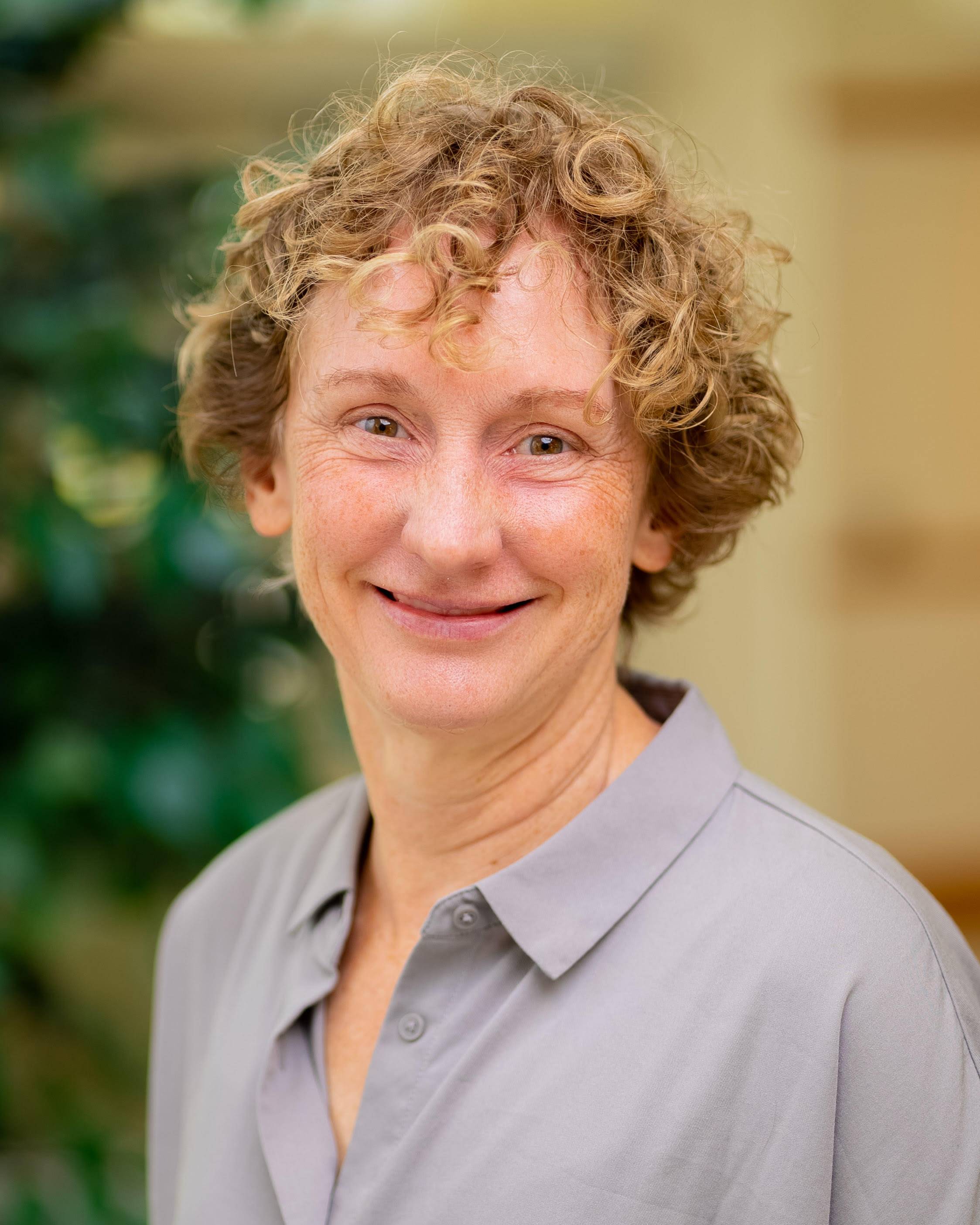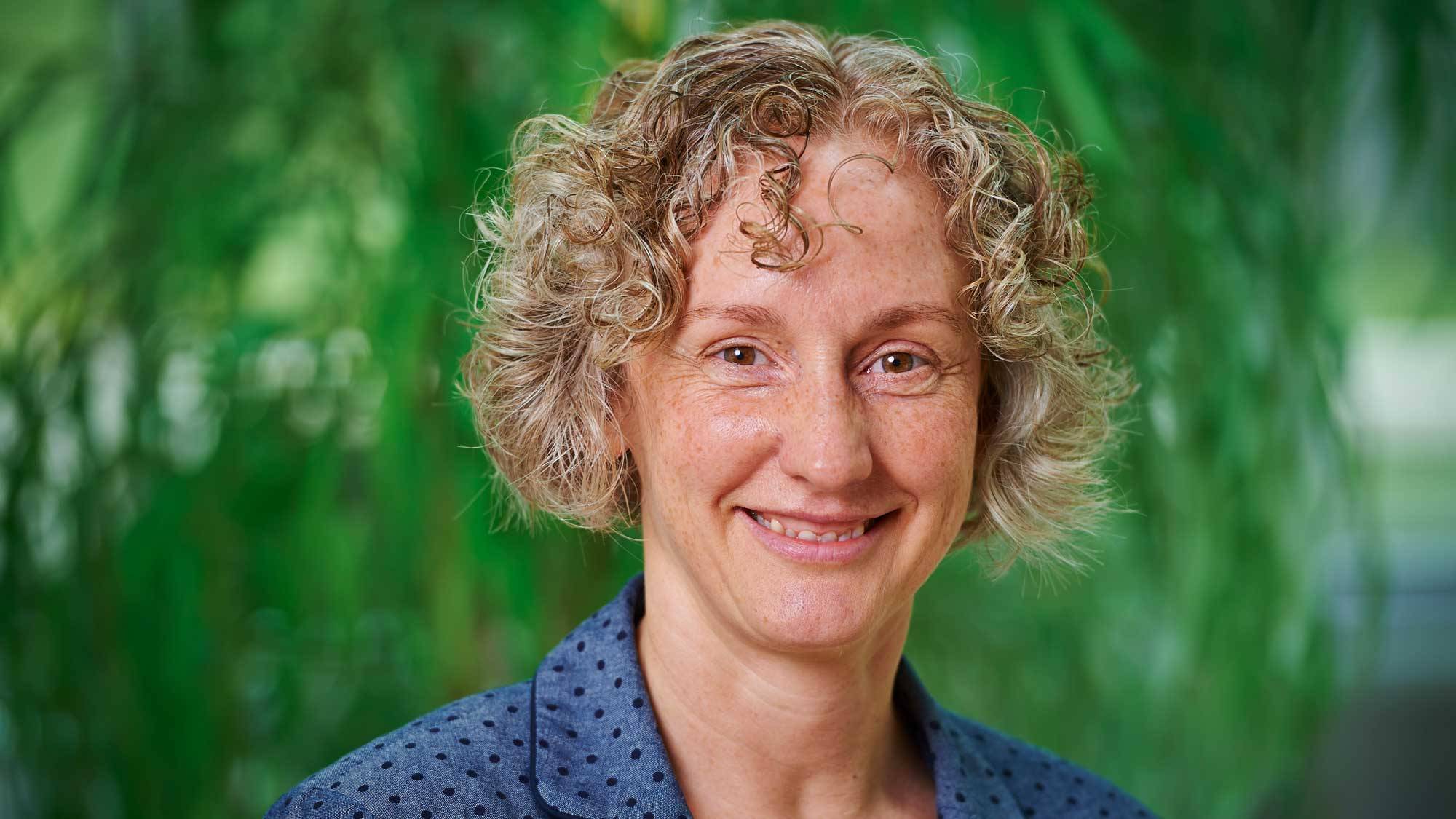“Validation of the Atmospheric Boundary Layer Height Estimated from the MODIS Atmospheric Profile Data at an Equatorial Site,” Silver Onyango, Simon K. Anguma, Geoffrey Andima, and Beth Parks, Atmosphere, 11, 908, 2020.
“Why Aren’t More Theories Named After Women? Teaching Women’s History in Physics ,” Beth Parks, The Physics Teacher, Vol. 58, pp. 377 – 381, September 2020
“Spatio-temporal variation in the concentration of airborne particulate matter (PM10) in Uganda,” Silver Onyango, Beth Parks, Simon Anguma, Qingyu Meng, International Journal of Environmental Research and Public Health, 2019.
Modern Introductory Physics, 2nd edition, C. H. Holbrow, J. N. Lloyd, J. C. Amato, E. Galvez, and M. E. Parks, Springer, 2010.
“Research-inspired problems for electricity and magnetism,” Beth Parks, American Journal of Physics 74, 351 (2006).March 27, 2006 Virtual Journal of Nanoscale Science and Technology http://www.vjnano.org
“Effect of mechanical stress on the linewidth of single photon absorptions in Mn12-acetate”
Beth Parks, Lea Vacca*, Evan Rumberger, David N. Hendrickson, George Christou, Physica B, 329-333 pt. 2, 1181-2 (2003).
“Inhomogeneous broadening of single photon transitions in molecular magnets,” Beth Parks, Joseph Loomis*, Evan Rumberger, En-Che Yang, David N. Hendrickson, and George Christou, Journal of Applied Physics, 91, 7170 (2002).
“Photon quantum mechanics and beam splitters,” C.H. Holbrow, E. Galvez, M. E. Parks, American Journal of Physics, 70, 260 (2002).
“Linewidth of single-photon transitions in Mn12-acetate,” Beth Parks, Joseph Loomis*, Evan Rumberger, David N. Hendrickson, and George Christou, Physical Review B, 64, 184426 (2001).
“Magnetization measurements of antiferromagnetic domains in Sr2Cu3O4Cl2,” Beth Parks, M. A. Kastner, Y. J. Kim, A. B. Harris, F. C. Chou, O. Entin-Wohlman, and A. Aharony, Physical Review B, 63, 134433 (2001).
“Field-dependent antiferromagnetism and ferromagnetism of the two copper sublattices in Sr2Cu3O4Cl2,” M.A. Kastner, Amnon Aharony, R.J. Birgeneau, F.C. Chou, O. Entin-Wohlman, M. Greven, A.B. Harris, Y.J. Kim, Y.S. Lee, M.E. Parks, Q. Zhu, Physical Review B, 59, 14702, (1999).
“High-frequency Hall effect in the normal state of YBa2Cu3O7,” Beth Parks, S. Spielman, J. Orenstein, Physical Review B, 56, 115 (1997).
“Coherent terahertz spectroscopy of the vortex-state of cuprate superconductors,” Beth Parks, C. Karadi, R. Mallozzi, J. Orenstein, D.T. Nemeth, F. Ludwig, J. Clarke, P. Merchant, D.J. Lew, I. Bozovic, J.N. Eckstein, Ferroelectrics, 177, (1996).
“High frequency electrodynamics of cuprate superconductors in the vortex state,” Beth Parks, R. Mallozzi, J. Orenstein, D.T. Nemeth, F. Ludwig, J. Clarke, P. Merchant, D.J. Lew, Proceedings of Physical Phenomena at High Magnetic Fields-II, World Scientific, Singapore, p.561, (1996).
“Re-examining the vortex state of cuprate superconductors with gap anisotropy,” Beth Parks, J. Orenstein, Richard Mallozzi, D. T. Nemeth, Frank Ludwig, John Clarke, Paul Merchant, D. J. Lew, I. Bozovic, J. N. Eckstein, (Conference on Spectroscopies in Novel Superconductors, Stanford, CA, March 1995) Journal of the Physics and Chemistry of Solids, 56, 1815 (1995).
“Phase-sensitive measurements of vortex dynamics in the terahertz domain,” Beth Parks, S. Spielman, J. Orenstein, D. T. Nemeth, Frank Ludwig, John Clarke, Paul Merchant, D. J. Lew, Physical Review Letters, 74, 3265 (1995).
“Quasiparticle Hall effect in superconducting YBa2Cu3O7-,” S. Spielman, Beth Parks, J. Orenstein, D.T. Nemeth, F. Ludwig, J. Clarke, P. Merchant, D.J. Lew, Physica C, 235-240, 2021 (1994).
“Observation of the quasiparticle Hall effect in superconducting YBa2Cu3O7-,” S. Spielman, Beth Parks, J. Orenstein, D. T. Nemeth, Frank Ludwig, John Clarke, Paul Merchant, D. J. Lew, Physical Review Letters, 73, 1537 (1994).
“Quasiparticle Hall effect in superconducting YBa2Cu3O7-,” S. Spielman, Beth Parks, J. Orenstein, D. T. Nemeth, Frank Ludwig, John Clarke, Paul Merchant, D. J. Lew, (International Conference on Materials and Mechanisms of Superconductivity – High-Temperature Superconductors IV, Grenoble, France, July 1994) Physica C, 235-240, pt. 3, 2021 (1994).
“The high-frequency Hall effect in YBCO thin films,” S. Spielman, Beth Parks, J. Orenstein, D. T. Nemeth, Frank Ludwig, John Clarke, Paul Merchant, D. J. Lew, International Conference on Millimeter and Submillimeter Waves and Applications, SPIE Vol. 2250, 312 (1994).
“Direct calorimetric determination of energetics of oxygen in yttrium barium copper oxide (YBa2Cu3Ox),” M. E. Parks, A. Navrotsky, K. Mocala, E. Takayama-Muromachi, A. Jacobson, P. K. Davies, Journal of Solid State Chemistry, 79, 53-62 (1989)

